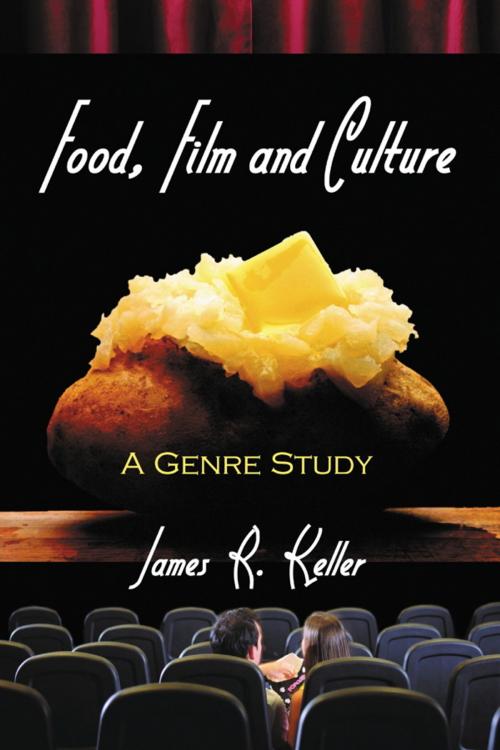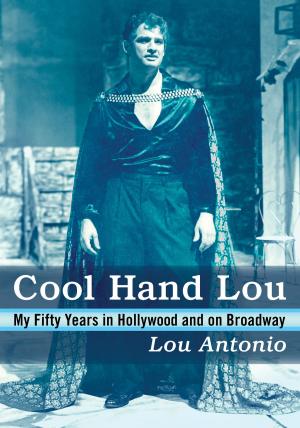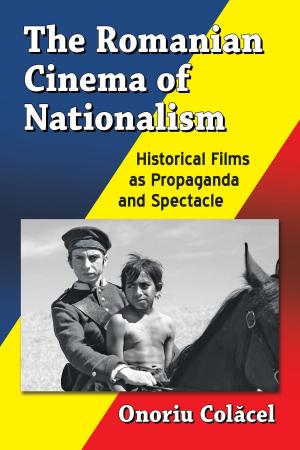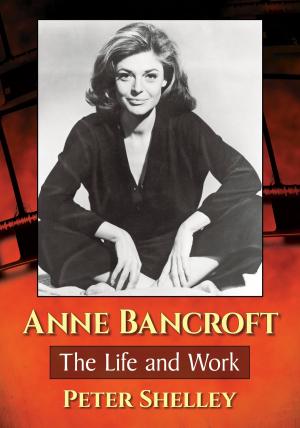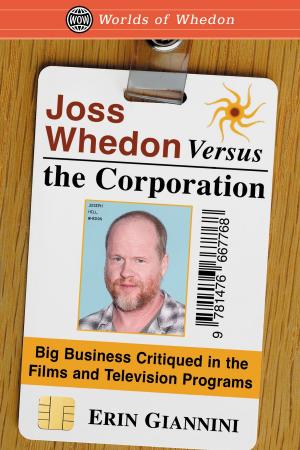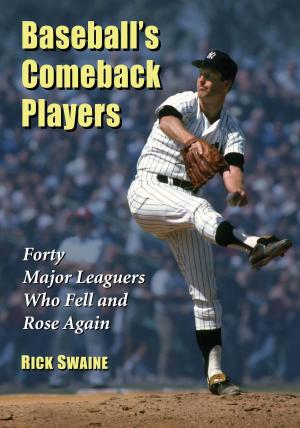Food, Film and Culture
A Genre Study
Nonfiction, Entertainment, Performing Arts, Film, Social & Cultural Studies, Social Science| Author: | James R. Keller | ISBN: | 9781476609089 |
| Publisher: | McFarland & Company, Inc., Publishers | Publication: | November 4, 2014 |
| Imprint: | Language: | English |
| Author: | James R. Keller |
| ISBN: | 9781476609089 |
| Publisher: | McFarland & Company, Inc., Publishers |
| Publication: | November 4, 2014 |
| Imprint: | |
| Language: | English |
Culinary imagery, much like sexual and violent imagery, is a key cinematic device used to elicit a sensory response from an audience. In many films, culinary imagery is central enough to constitute a new subgenre, defined by films in which food production, preparation, service, and consumption play a major part in the development of character, structure, or theme. This book defines the food film genre and analyzes the relationship between cinematic food imagery and various cultural constructs, including politics, family, identity, race, ethnicity, nationality, gender, and religion. Chapters examine these themes in several well-known food films, such as The Cook, the Thief, His Wife and Her Lover, Chocolat, Babette’s Feast, and Eat Drink Man Woman, and lesser-known productions, including Felicia’s Journey, Kitchen Stories, Magic Kitchen, and Chinese Feast. The work includes a filmography of movies within the food genre. Instructors considering this book for use in a course may request an examination copy here.
Culinary imagery, much like sexual and violent imagery, is a key cinematic device used to elicit a sensory response from an audience. In many films, culinary imagery is central enough to constitute a new subgenre, defined by films in which food production, preparation, service, and consumption play a major part in the development of character, structure, or theme. This book defines the food film genre and analyzes the relationship between cinematic food imagery and various cultural constructs, including politics, family, identity, race, ethnicity, nationality, gender, and religion. Chapters examine these themes in several well-known food films, such as The Cook, the Thief, His Wife and Her Lover, Chocolat, Babette’s Feast, and Eat Drink Man Woman, and lesser-known productions, including Felicia’s Journey, Kitchen Stories, Magic Kitchen, and Chinese Feast. The work includes a filmography of movies within the food genre. Instructors considering this book for use in a course may request an examination copy here.
